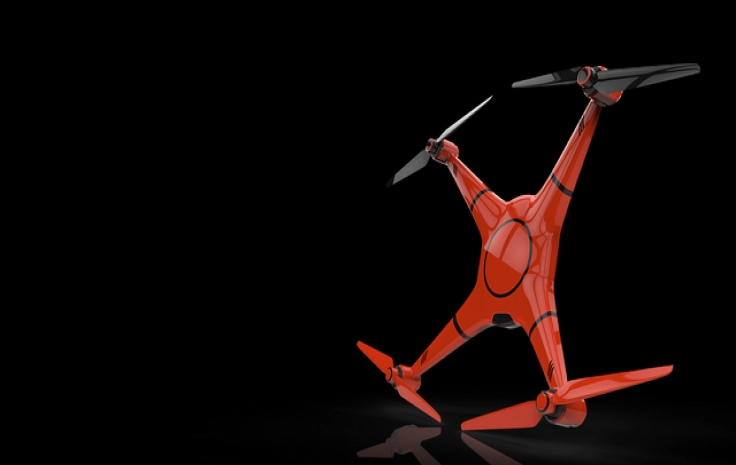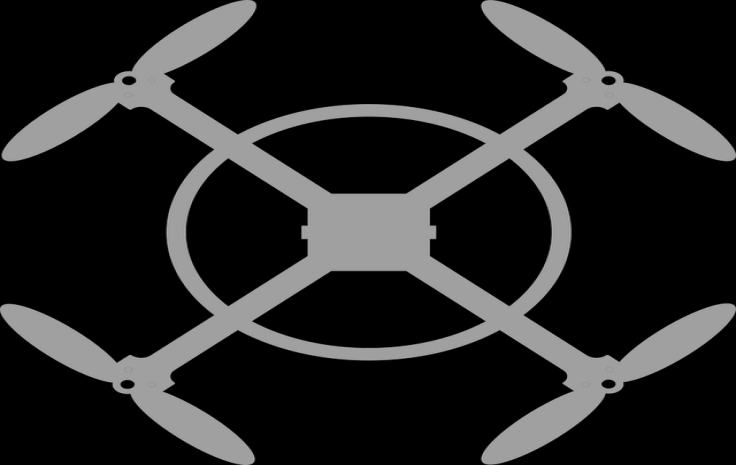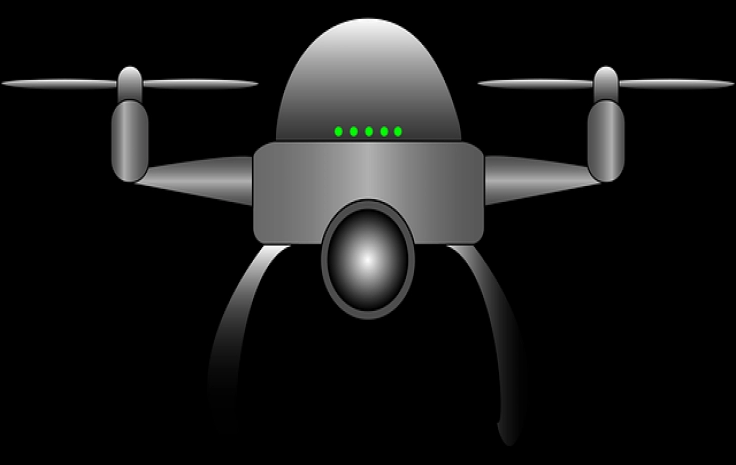uav simulink pdf thesis
Visit uav simulink pdf thesis's Site
What is uav simulink pdf thesis?
uav simulink pdf thesis possible use cases:
Title: Design and Simulation of Unmanned Aerial Vehicles using SimulinkAbstract:
This paper presents a comprehensive study on the design and simulation of Unmanned Aerial Vehicles (UAVs) using Simulink, a powerful tool for model-based design and simulation. The study aims to develop a simulation model for a UAV to understand its flight dynamics, control systems, and overall performance. The model is implemented in Simulink, which allows for a systematic approach to simulate various flight scenarios and evaluate the UAV’s capabilities.
1. Introduction
\tIn recent years, the use of UAVs has gained significant attention in a wide range of industries, including aerial photography, surveillance, package delivery, and agriculture. Designing and simulating UAVs can provide crucial insights into their performance and help improve their design. This paper focuses on using Simulink, a popular simulation tool, to develop a UAV model for analysis and validation purposes.
2. UAV Design Overview
\tThis section provides an overview of the key components and systems involved in the design of a UAV. It covers the airframe design, propulsion system, avionics, control systems, and communication systems. The purpose is to understand the integrated nature of UAVs and how each component contributes to its overall performance.
3. Simulink Modeling and Simulation
\tSimulink offers a graphical modeling environment for simulating dynamic systems. This section explains the steps involved in creating a UAV model in Simulink, including selecting appropriate blocks, defining system parameters, and establishing connections between subsystems. It also describes how Simulink facilitates the incorporation of sensors, actuators, and flight control algorithms into the model.
4. Flight Dynamics Simulation
\tThe flight dynamics of a UAV play a critical role in its stability and maneuverability. This section explores the mathematical modeling of UAV flight dynamics and demonstrates how to incorporate these models into the Simulink environment. It covers concepts such as aircraft equations of motions, stability derivatives, and control surface deflections.
5. Control System Design
\tA well-designed control system is key to ensuring stable flight and precise control of a UAV. This section discusses various control strategies commonly used in UAVs, including PID control, LQR control, and adaptive control. Simulink’s ability to implement and simulate these control algorithms is highlighted, and performance evaluation metrics are discussed.
6. Performance Analysis
\tIn this section, the UAV model developed in Simulink is used to analyze and evaluate its performance under different flight scenarios. Parameters such as altitude, speed, payload weight, and gusty winds are varied to understand the UAV’s response and limitations. Simulation results are presented and discussed, providing valuable insights for improving the UAV’s design and control strategies.
7. Conclusion
\tThis paper demonstrates the effectiveness of using Simulink for the design and simulation of UAVs. By developing a comprehensive simulation model, engineers can gain a deeper understanding of the UAV’s flight dynamics, control systems, and overall performance. The Simulink environment enables systematic exploration of various flight scenarios and facilitates the evaluation of different design and control strategies. Future work could involve integrating hardware-in-the-loop simulations and experimental validations to further validate the proposed UAV model.


















